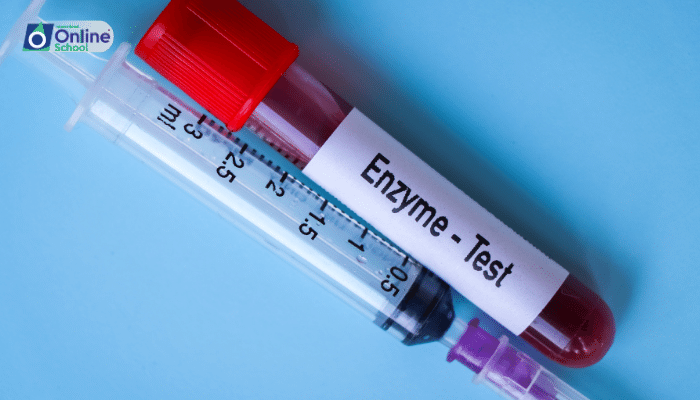
Learning Outcomes in Listing:
i. Understand the role of enzymes in increasing the rate of biochemical reactions.
ii. Recognize how enzymes lower activation energy to speed up reactions.
iii. Grasp the concept of the enzyme-substrate complex and its role in reaction rates.
Summary of Lesson:
Enzymes play an indispensable role in biology, acting as catalysts that allow reactions to occur rapidly and efficiently. This lesson will delve into how enzymes are able to increase reaction rates and the significance of this function in the maintenance of life.
i. Enzymes as Biological Catalysts: Enzymes are proteins that increase the rate of chemical reactions within cells. They accomplish this by lowering the activation energy required for a reaction to start, which is akin to lowering the height of a hurdle, making it easier for the reactants to 'jump' over and react.
ii. The Mechanism of Enzymatic Action: An enzyme's ability to increase reaction rates involves the formation of an enzyme-substrate complex. The specific region where the substrate binds to the enzyme is called the active site. The interaction between the enzyme and substrate at the active site helps to break bonds in the substrates and form new ones, leading to the products of the reaction.
List of Important Questions for Self-Study:
i. How do enzymes function to increase the rate of biochemical reactions?
ii. What is meant by 'activation energy,' and how do enzymes affect it?
iii. Why is the enzyme-substrate complex critical to the catalytic action of enzymes?
iv. How might a change in enzyme structure affect its ability to catalyze a reaction?
v. Can enzymes increase the rate of any chemical reaction? Why or why not?
Important Terminologies Used in Lesson:
Enzyme: A protein that catalyzes a biochemical reaction without being consumed in the process.
Activation Energy: The minimum quantity of energy that the reacting species must possess to undergo a specified reaction.
Enzyme-Substrate Complex: The intermediate formed when a substrate molecule interacts with the active site of an enzyme.
Active Site: The specific region of an enzyme where a substrate binds and catalysis takes place.